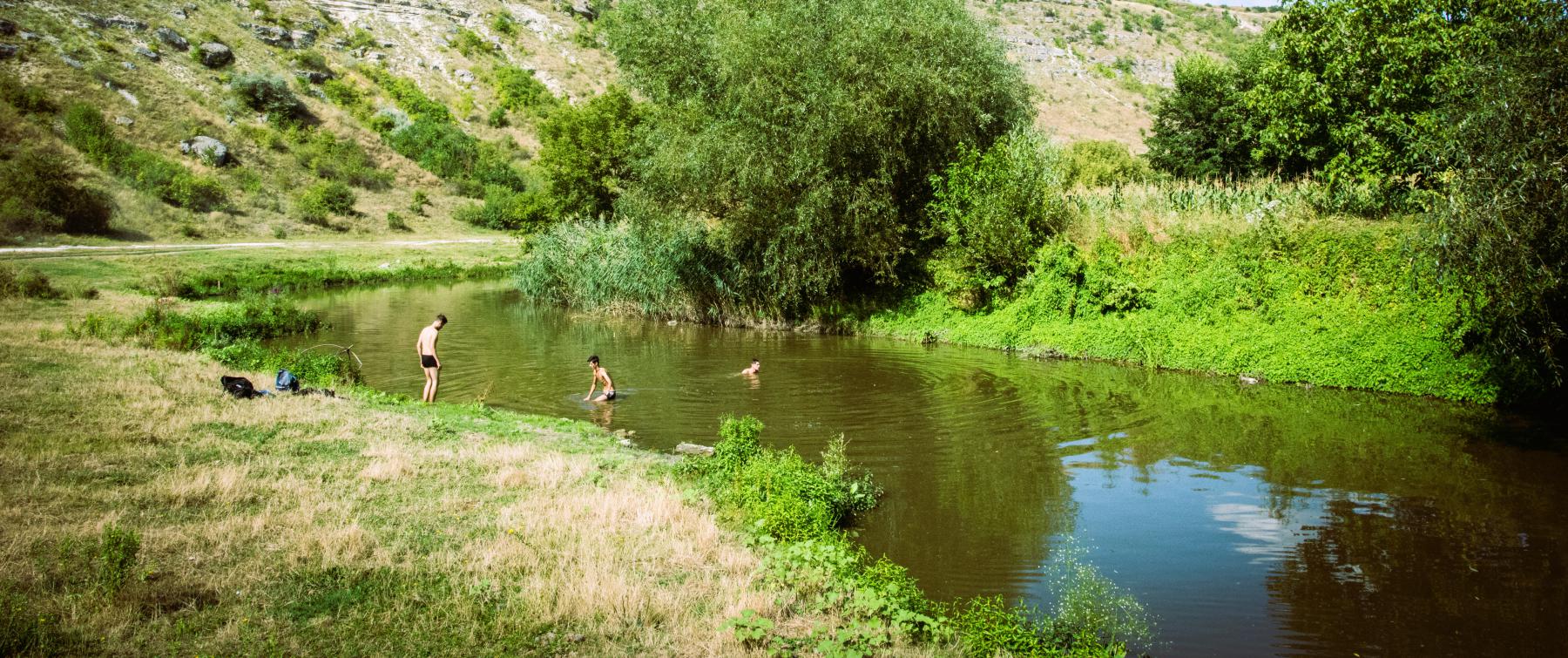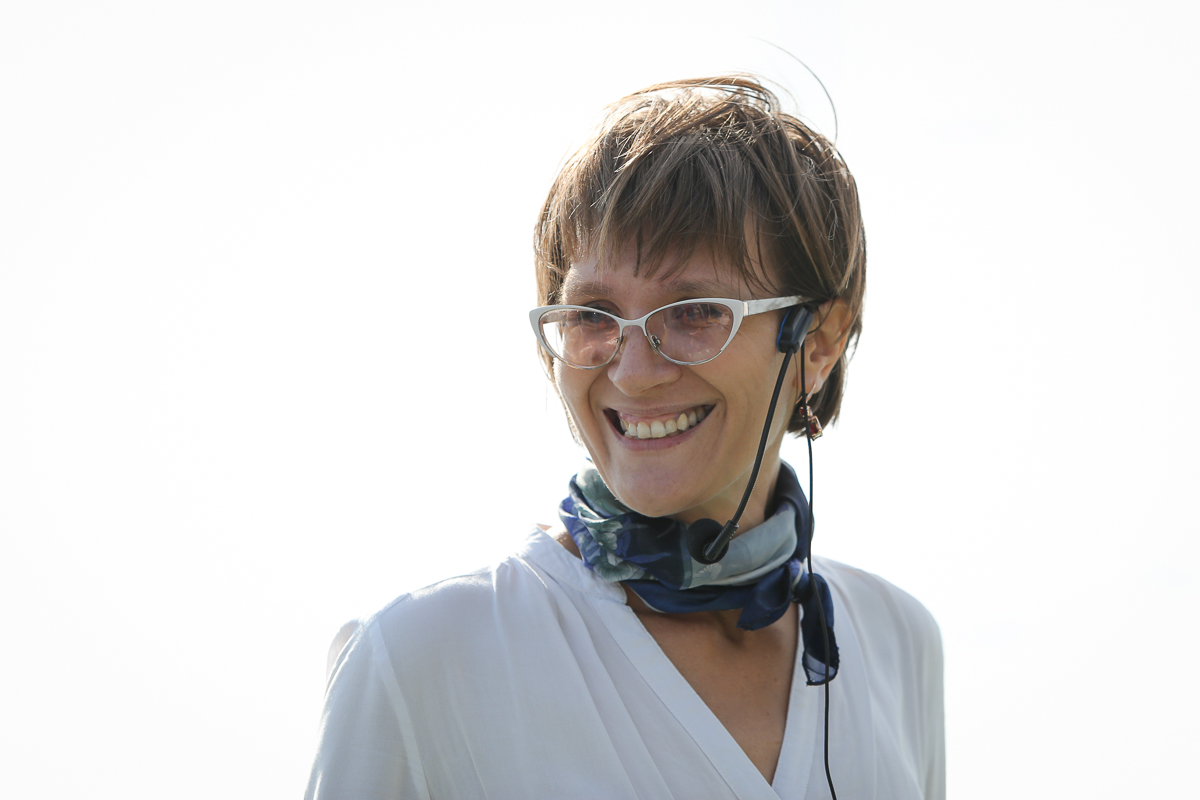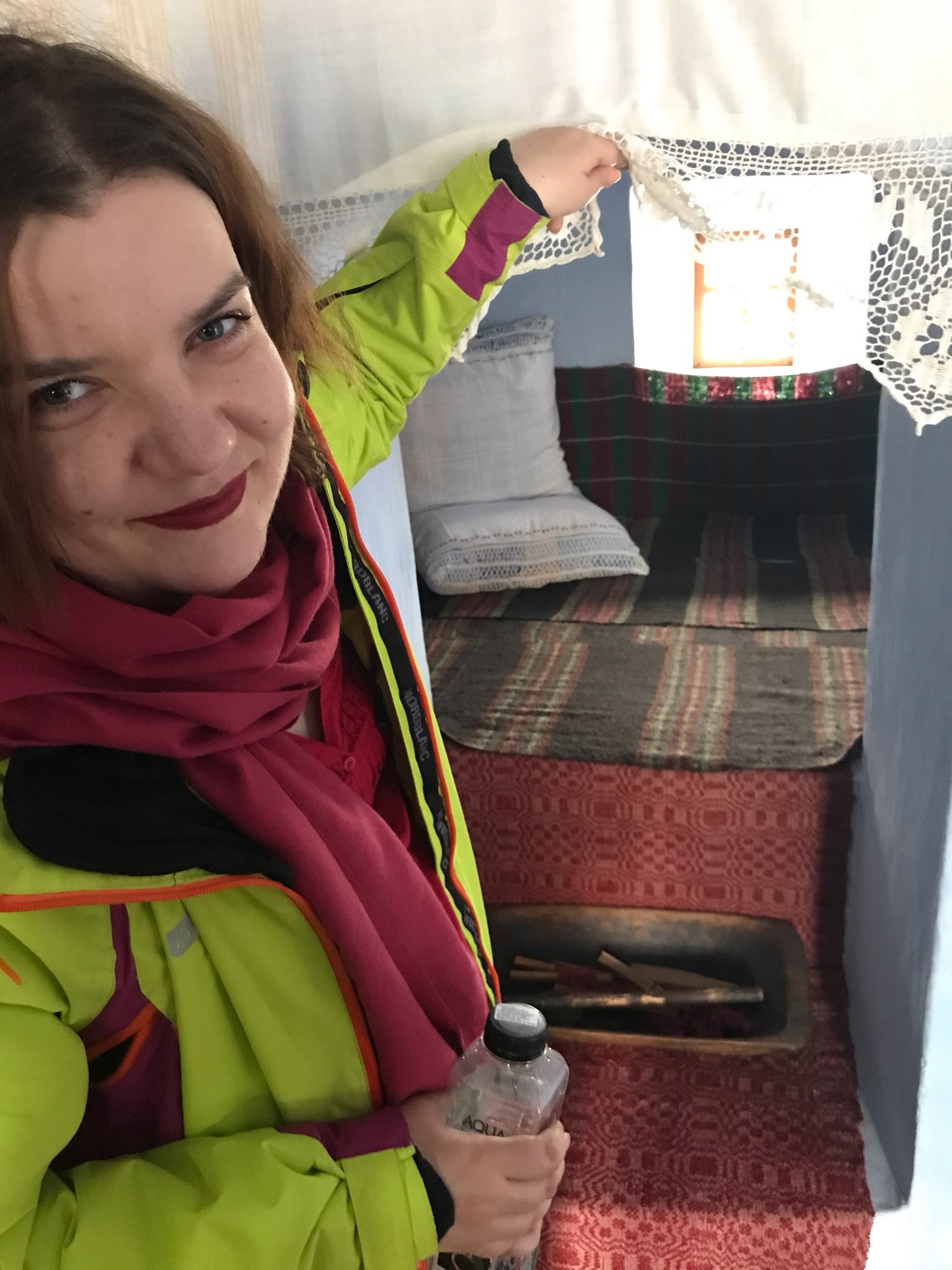

Ţîpova Monastery
- Language: Russian , Romanian

Ţîpova Monastery
- Language: English , Spanish , Italian , Romanian

Ţîpova Monastery
- Language: Russian , English

Ţîpova Monastery
- Language: Russian , English , Romanian , French

Ţîpova Monastery
- Language: English
Ţîpova Monastery
- Language: Russian , English , Romanian

Ţîpova Monastery
- Language: English , Romanian

Ţîpova Monastery
- Language: Russian , English , Turkish

Ţîpova Monastery
- Language: Russian , English , Romanian

Ţîpova Monastery
- Language: Russian , English

Ţîpova Monastery
- Language: Russian , English , Romanian

Ţîpova Monastery
- Language: Russian , English , Romanian

Ţîpova Monastery
- Language: English , German
Ţîpova Monastery is a real pearl of our national heritage. Located in the village of the same name, on the right bank of the Dniester, the monastery is one of the oldest monastic settlements in Moldova. The latest research has shown that it has existed since the X century, on the site of a Dacian necropolis.
The monastery is also unique in its location - over 20 hermitages dug into the rock and connected to each other through tunnels, galleries and stairs. Also, the monastery is surrounded by the waters of the Dniester River and Ţîpova brook, which form wonderful waterfalls - some with a height of over 16 m. The rocky relief, narrow paths and natural landscape create a unique route for tourists, but not easily accessible. For this reason you must be prepared for a medium-difficulty route.
The monastery itself consists of three monastic complexes. The first complex includes the church dedicated to the Holy Cross. The second complex includes the church of St. Nicholas, dug into the rock. And the third complex, which dates from the 16th-18th centuries, includes another 18 rooms.
The antiquity of the monastery is also associated with several legends. According to one, the great voivode of Moldova, Stephen the Great, is said to have married here one of his wives. One of the 3 wives was also buried here.
Another legend tells us that the Greek poet Orpheus died here, and his tomb was at the foot of one of the waterfalls.
Every year, the monastery is visited by tens of thousands of tourists and remains a pride not only for Moldova, but also for the whole of Eastern Europe.








